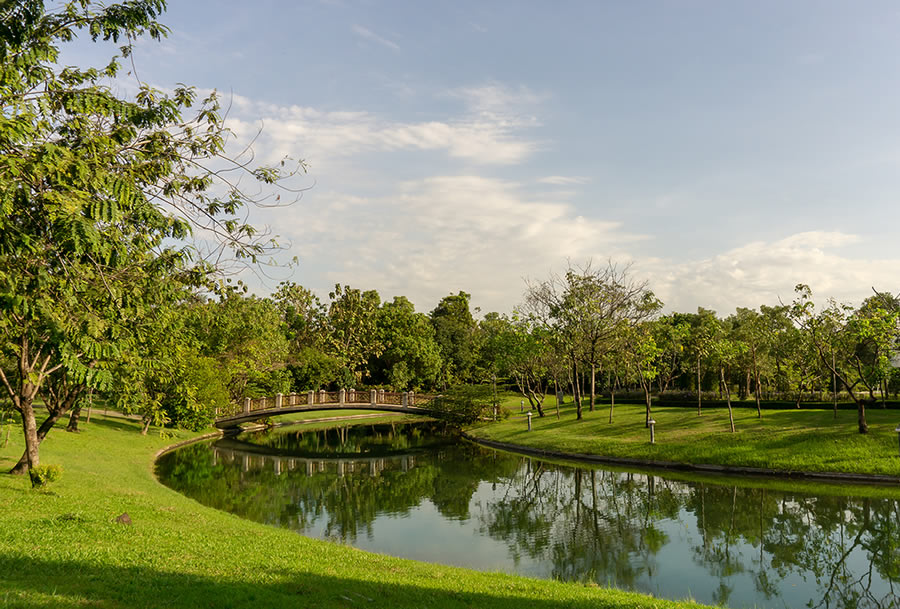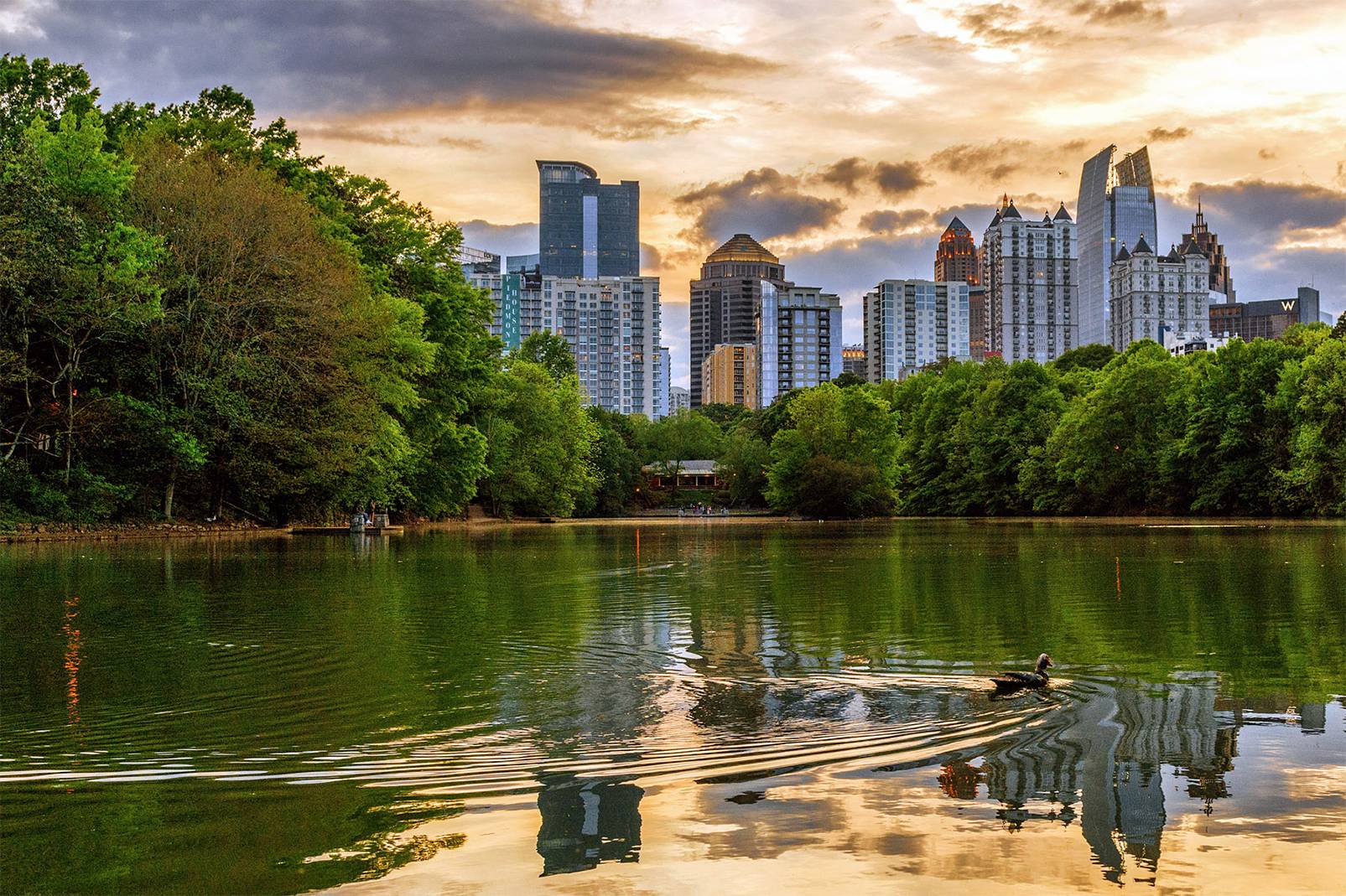
Forming a pond or lake can be a rewarding and transformative project for both residential and commercial properties. These serene water features offer various benefits, such as enhancing the landscape, providing habitat for wildlife, and creating a space for recreational activities. However, building a pond or lake is not a simple task and requires careful planning and execution. In this brief article brought to you by Aquatic Restoration, we explore the steps and considerations involved in constructing a pond or lake.
If you already have a pond or lake on your property, then remember to keep up with your lake and pond maintenance. If you’d like to employ the expertise of a pond & lake management company, then call Aquatic Restoration to get started with a consultation.
Selecting the right location is the first crucial step in building a pond or lake. The site's characteristics will significantly impact the success and functionality of your water feature. First, define the purpose of your pond or lake. Is it for aesthetic purposes, wildlife habitat, fishing, or recreation? The intended use will influence its design and size.
Then, carefully choose the location within your property. Consider factors like sun exposure, proximity to buildings, and accessibility. Also consider the availability of a natural water source like springs, creeks, or a nearby water supply. Reliable water sources are essential for maintaining water levels, especially during dry seasons.
You should also assess the soil composition in the chosen location. Sandy or gravelly soils may require additional lining to prevent water seepage, whereas clay-rich soils may naturally retain water.

A well-thought-out design plan is critical for the success of your pond or lake. Consult with experts, such as landscape architects, engineers, or environmental consultants, to create a design that suits your goals and the site's conditions.
Determine the dimensions, shape, and depth of the water feature. Smaller ponds may be suitable for residential properties, while larger lakes may be needed for commercial or agricultural purposes.
Different sections of your pond or lake may have varying depths. Shallow areas can support aquatic plants and wildlife, while deeper sections are ideal for fish and recreational activities.
Before proceeding with construction, it's essential to check with local authorities to determine if any permits or approvals are required. Environmental regulations and zoning laws may apply to ensure that your project complies with environmental and safety standards.
Excavating is the process of digging out the area where your pond or lake will be located. This typically involves heavy equipment like excavators or backhoes. The excavated soil is often used to create berms or dams around the water feature's perimeter. Proper excavation is crucial for achieving the desired size and depth of your pond or lake.
Depending on the soil type and water retention capabilities of your site, you may need to consider lining the pond or lake to prevent water seepage. Common lining options include clay, bentonite, geotextile fabric, or synthetic liners. The choice of lining material depends on your specific site conditions and budget.
A reliable water supply is essential to fill and maintain your pond or lake. If you do not have a natural water source on your property, you may need to install a well or a pipeline to provide a consistent water source. The availability of water will directly impact the water feature's health and longevity.
Managing water levels is crucial to prevent flooding or drying out of your pond or lake. Implement a system to control water inflow and outflow, such as a spillway, weir, or sluice gate. These mechanisms allow you to regulate water levels and maintain a stable environment for aquatic life and recreational activities.
To enhance the natural beauty and ecological value of your pond or lake, consider planting native aquatic plants. These plants not only provide habitat and food for wildlife but also improve water quality by absorbing excess nutrients. Additionally, you can introduce fish or other aquatic life, such as frogs and turtles, to create a balanced and diverse ecosystem.
Whether it’s lake management or retention pond maintenance, routine inspections and attention is essential if you want to keep your pond or lake in good condition. Monitor and control the growth of aquatic plants, prevent soil erosion, and regularly test the water quality.
If you’d like to leave the pond or lake maintenance to a reputable company, then call the professionals at Aquatic Restoration. We are happy to arrange a consultation, face-to-face meeting, or on-site visit for as soon as possible.
Sediment buildup is one of the biggest threats to lakes and ponds. It not only impacts water quality but also…
If you own a pond or lake, you know that proactive maintenance is an integral part of keeping the…
If you’ve ever walked outside and noticed your lake suddenly turn a murky shade of green, you’re not alone. Many…
Lakes are vital ecosystems that support wildlife, protect water quality, and enhance the quality of life for surrounding communities. Whether…
If you’re reading this, there’s a good chance you’re sick and tired of dealing with aquatic weeds that never…